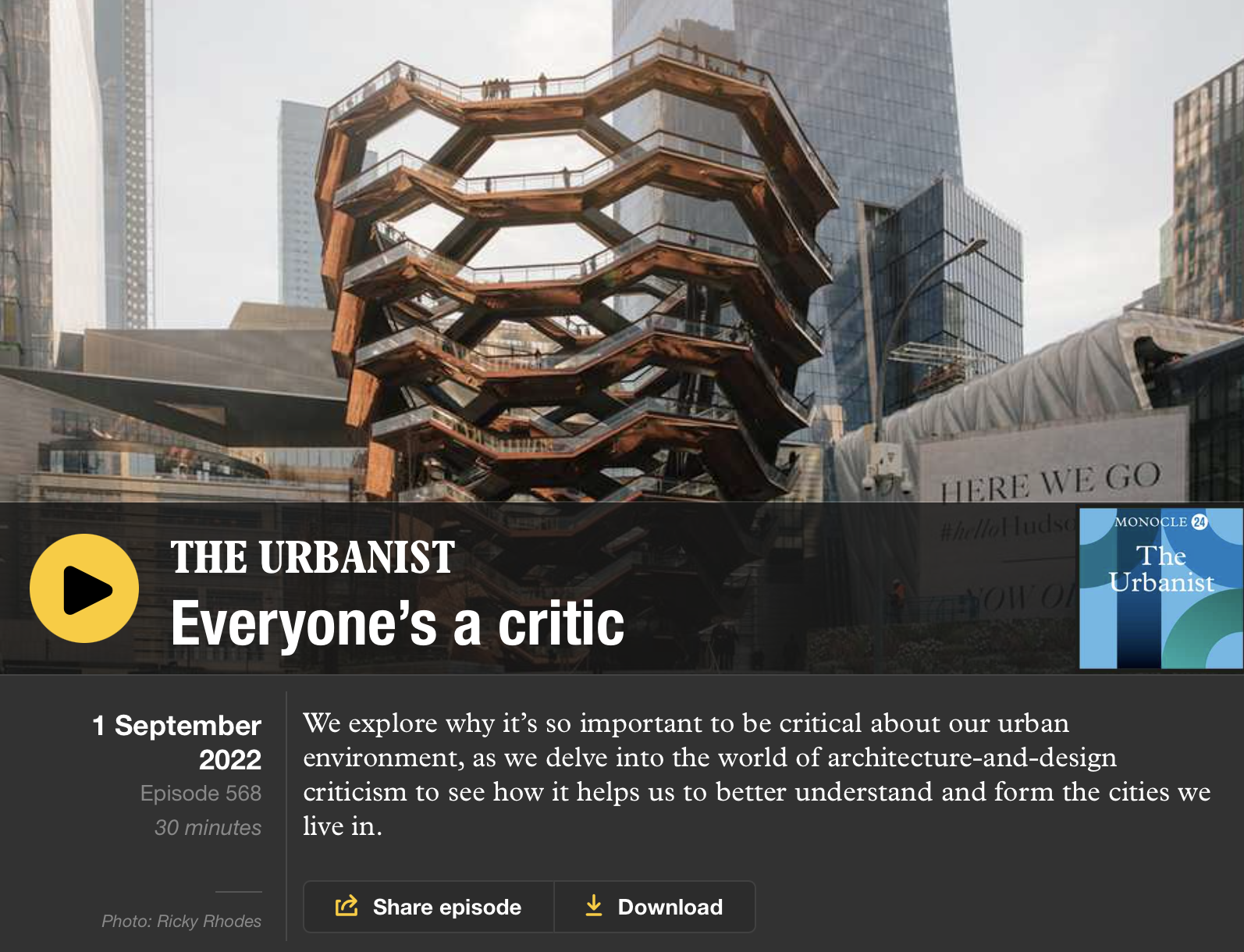The collapse of LA’s Skid Row Housing Trust reveals a lack of investment in the maintenance of supportive housing properties.
‘One of Skid Row’s largest housing providers faces financial implosion,’ ran a headline in the Los Angeles Times in early February. Prospects looked bleak for the Skid Row Housing Trust (SRHT), a non‑profit property developer and pioneer in providing housing and services for Los Angeles’ unhoused people.
A month later, a second article in the newspaper reported appalling conditions in the older single‑room occupancy (SRO) properties: mouldering corridors, broken plumbing, waste and hoarding. There are 29 buildings in the organisation’s portfolio. A little more than half of these are permanent supportive housing (PSH) designed by top architecture firms, while the rest are SROs, constructed in the early 20th century and serving the city’s lowest‑income populations.
